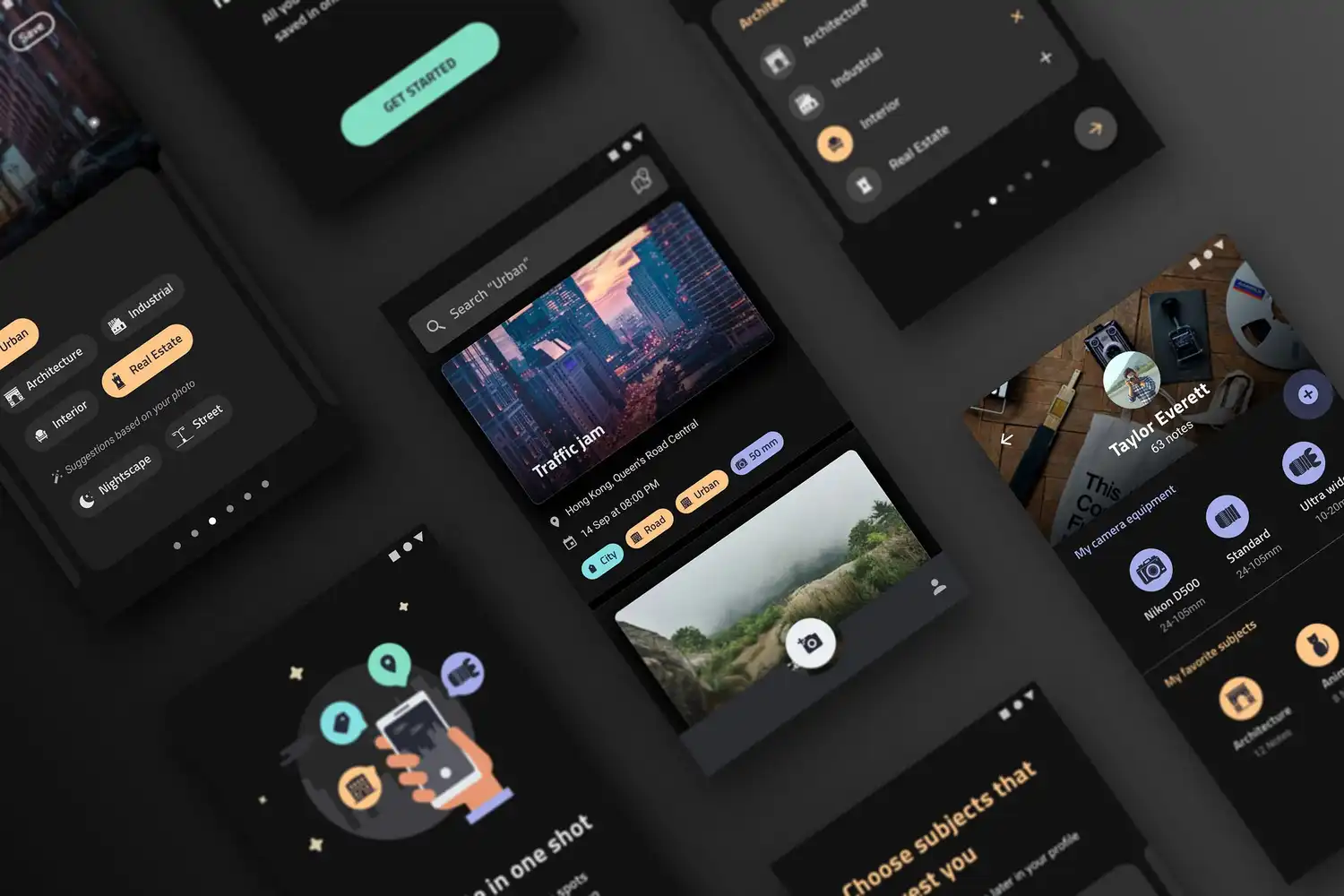Python
Python us a type of code that competes with JavaScript, and can take a website to the next level. Now, multiple frameworks can be used with Python, but as always, some are far better than others.
Python has been around for a very long time, but it wasn’t until the 2010s that it became far more common. It is great because it fits all project sizes, and it works for both front-end and back-end, which is something that not many developers have worked with.
Recently, there have been three frameworks that are often talked about in web development and Python. This includes Anvil, Reflex, and NiceGUI. These frameworks can help to describe front-end code such as HTML, CSS, and JavaScript, which are then represented through Python.
Anvil
Anvil’s main motto is to build a web application with nothing other than Python, which is a pretty bold claim, especially when they claim no web development experience is required. That being said, it is relatively easy due to the simple drag-and-drop features that it has. At the end of it, you have a web application that is ready to use. Sounds great, right?
There are two different ways to approach Anvil. The cloud service offers a range of pricing tiers that also offer visual building tools and numerous hosting options. The other option includes the Anvil runtime, and this version doesn’t include the visual designer. Nevertheless, you can build with handwritten code and still run its applications.
The perks of the Anvil cloud editor are that it comes with various examples, including a static app, a basic ticketing system or even a full online store. Plus, you also have access to multiple user interface components that you can include in the web pages. Additionally, Anvil is capable of putting together CRUD apps relatively quickly due to being able to add to the components.
Reflex
Reflex is another great Python framework that many web developers are also using. The only issue with this one compared to Anvil is that it doesn’t have the same design features. That being said, it still has the same primary goal as Anvil, and that is for the user to write back-end code, which can then construct the front end without requiring JavaScript.
Relex was once used with both Python and Node.js. Now, it only requires Python 3.8 or even better. Not to mention that it can be used on both Windows and Linux. Once everything is in place and ready to go, you can then use the reflex command to create a new project.
Most of the common components come built-in with this framework. This includes display objects like plots, charts, and feedback controls such as alerts, progress bars and even overlay objects.
Customising UI components with CSS styling can also be passed to the object constructor, without the need to subclass a component and customise it. Additionally, you can also use custom HTML, which can be used for most projects.
The final point to make regarding Reflex is that if you are only building a static website, you will also be able to export an entire site’s front end to a static build.
NiceGUI
NiceGUI is the final framework that we will be discussing in this article, and it makes everything much easier. With this framework, a declarative syntax describes what the UI components look like and how they are used. There are also many common widgets that are part of this, including sliders, text labels, buttons, input boxes, file uploaders and much more. However, NiceGUI is also capable of using other applications, such as audio, video, interactive presentations, 3D visualisations, three.js, CodeMirror editors, and much more. The positive of all this? You don’t need to worry about any in-browser code.
One of the issues with NiceGUI is that you will need to understand how it deals with event loops and the application state. That being said, all of this is already done in the constructs of NiceGUI as well.
Is Python Still Relevant Today?
Yes, Python is still a popular coding language that is used for modern websites. It can be used for many different things, such as data science, machine learning, automation and much more. Plus, there are many web development agencies that they will also use. Additionally, it is relatively beginner-friendly to anyone who understands code, which is another great positive.
One of the great positives about web development is its strong community of helping others in the industry, especially when it comes to Python. There are many different frameworks of Python, but there are a large number of people who use Python, so you can be almost certain that someone else has encountered the same issue as you.
Summary
These three frameworks all have their differences, but overall, they are relatively beginner-friendly. As we mentioned earlier, there are a lot of people who use Python, and there are many communities that can help you learn with it. Not to mention the endless YouTube videos out there that can improve your skills.




